KOKOOTO – Kokoro no oto(the sound of heart) – will introduce delicate and beautiful Japanese culture
to people overseas, focusing on traditional musical instruments.
This time, we had interview with Ms.Yumeko Machida, a koto and Jiuta shamisen player.
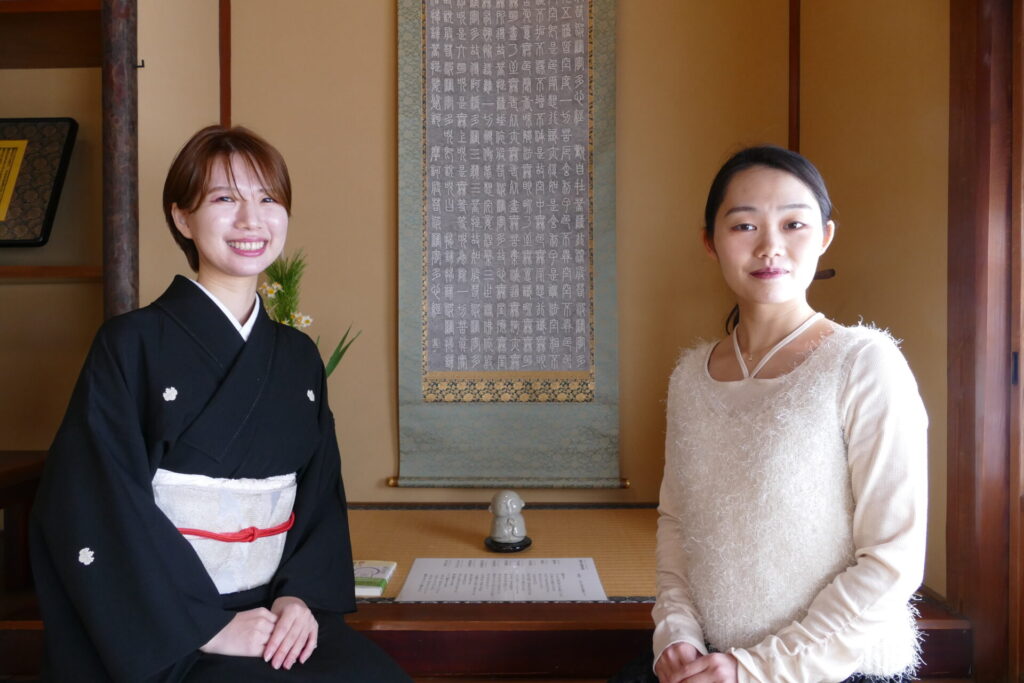
- – profile –
- ▼Q: What inspired you to start playing traditional Japanese instruments?
- ▼Q: What led you to pursue it professionally?
- ▼Q: What do your main activities involve?
- Koto
- Shamisen
- Kokyū
- Composition & Arrangement
- ▼Q: What do you want to convey to international audiences about traditional Japanese instruments?
- ▼Q: Tell us about your teaching activities.
- ▼Q: Tell us about your first recital earlier this year.
- ▼Q: What are your hopes for your future activities?
– profile –
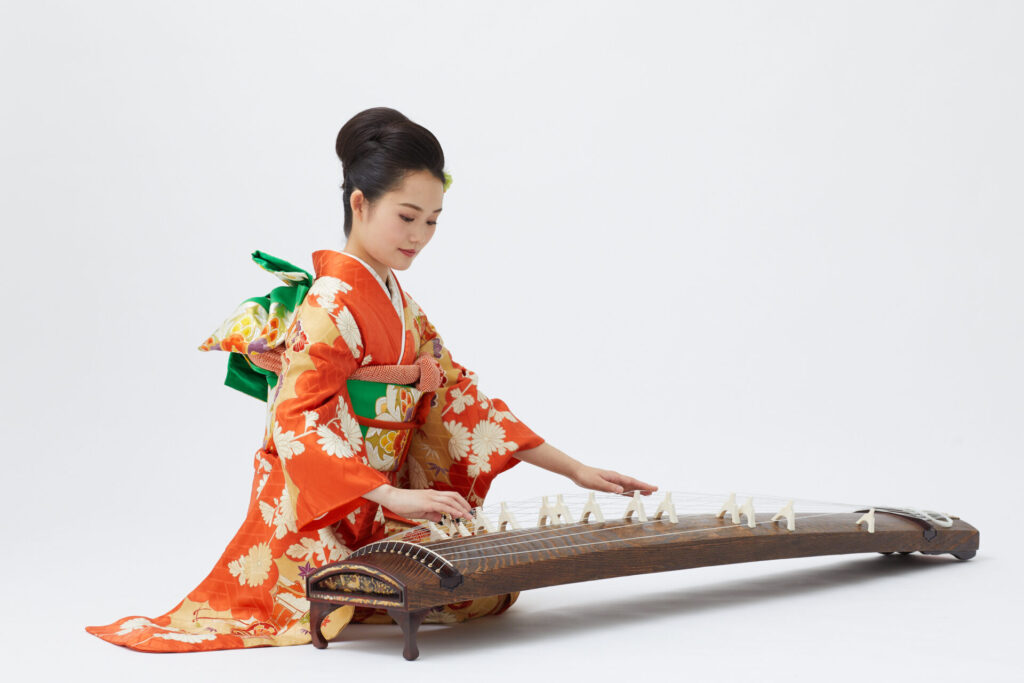
Performer of Ikuta-ryu koto and jiuta music. Born in 1996 in Saitama City. Surrounded by music from an early age due to her composer father. She began playing the koto at age 5, inspired by her grandmother who practiced it as a hobby, and later studied jiuta shamisen under Tsugumi Shibata. At age 17, she also began training under Satomi Fukami. Since age 24, she has been learning kokyū under Noriko Koike. During her junior and senior high school years at Toho Girls’ School, she was passionate about creative dance. In 2015, she enrolled in the Department of Traditional Japanese Music at Tokyo University of the Arts. While attending, she won the Miyagi Award and the Jōei Award. Upon graduation, she received the Acanthus Music Award and the Dōseikai Award, and performed in front of the Imperial Family at Tokagakudō Music Hall in the Imperial Palace. She entered graduate school in 2019 and completed her studies in 2021. Her master’s thesis focused on “Godan-Ginuta” by Kōzaki Kengyō, exploring its appeal as a two-part koto composition. Since then, she has hosted her own concerts as part of “Koto × Percussion Duo Itokomachi” with percussionist Ayaka Itō, performing original compositions, arrangements, and premiering commissioned works. She also co-founded the “Koto Ensemble Toshioku” with her peers from university, and they have held two hall concerts to date. Currently, she is actively involved in various performance activities while also focusing on teaching and organizing her own projects. Awards include the 2018 Excellence Award in the Japanese Instrument Division of the 31st Ichikawa Cultural Foundation New Performers Competition, 2nd place in the 2019 Miyagi Michio Memorial Competition, and the 2024 Special Excellence Award in the Hall Performance Division of the 7th K Traditional Music Competition. She also won 2nd place again in the 2024 Miyagi Michio Memorial Competition. A certified instructor of the Miyagi School(Master Miyagisha.). Member of Sairo-kai, Fukami Traditional Music Association, Mori-no-kai, Dōseikai, Saitama Sankyoku Association, and the Japan Sankyoku Association. Performs with Koto × Percussion Duo Itokomachi, traditional music ensemble Hōsu, and Koto Ensemble Toshioku. Performer in the Fukami Ensemble. Head of the Yumeko Machida Koto & Shamisen Classroom.
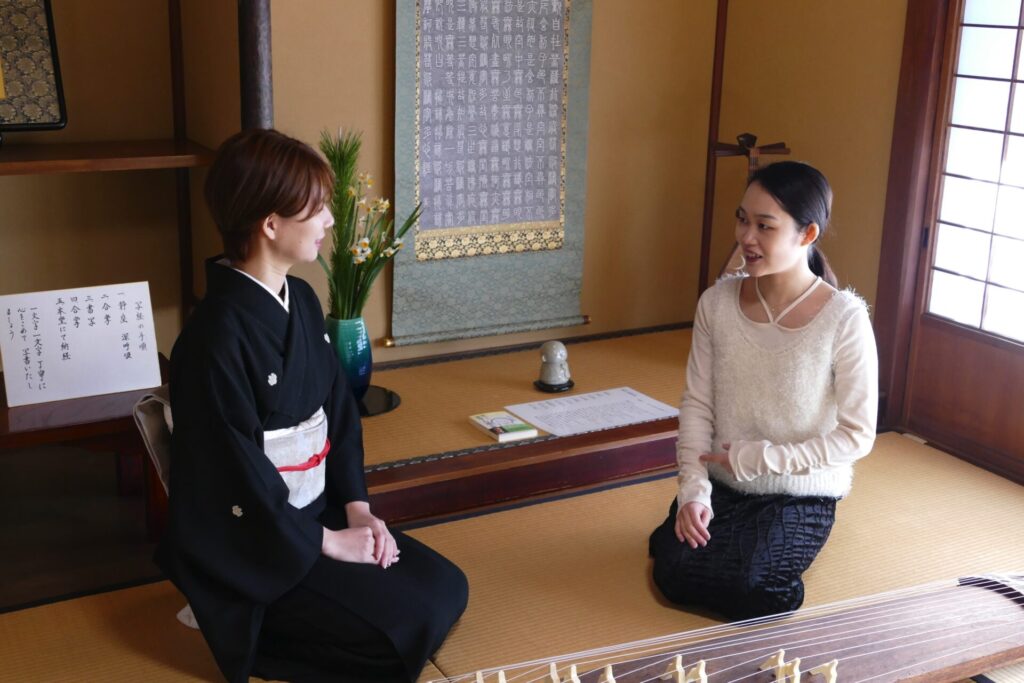
In this edition, KOKOOTO’s editor-in-chief KIMONON interviewed Ms. Machida, a multi-instrumentalist who performs on the koto, shamisen, and kokyū. Her repertoire spans from traditional to contemporary pieces, including her own compositions—bringing a wide variety of music to life through Japanese instruments. Always giving her best in what she loves, Ms. Machida’s dedicated spirit is truly captivating. She and KIMONON have supported and inspired each other even before entering university♪ We talked in detail about her activities, including her recent recital!
▼Q: What inspired you to start playing traditional Japanese instruments?
My family is full of musicians—my father composes, my mother plays piano, and my sister plays the violin. As a child, I wanted to learn the piano and even asked my mother to teach me, but my parents refused. I remember rebelling by sitting on my mother’s lap while she played and slamming the lid shut (laughs).
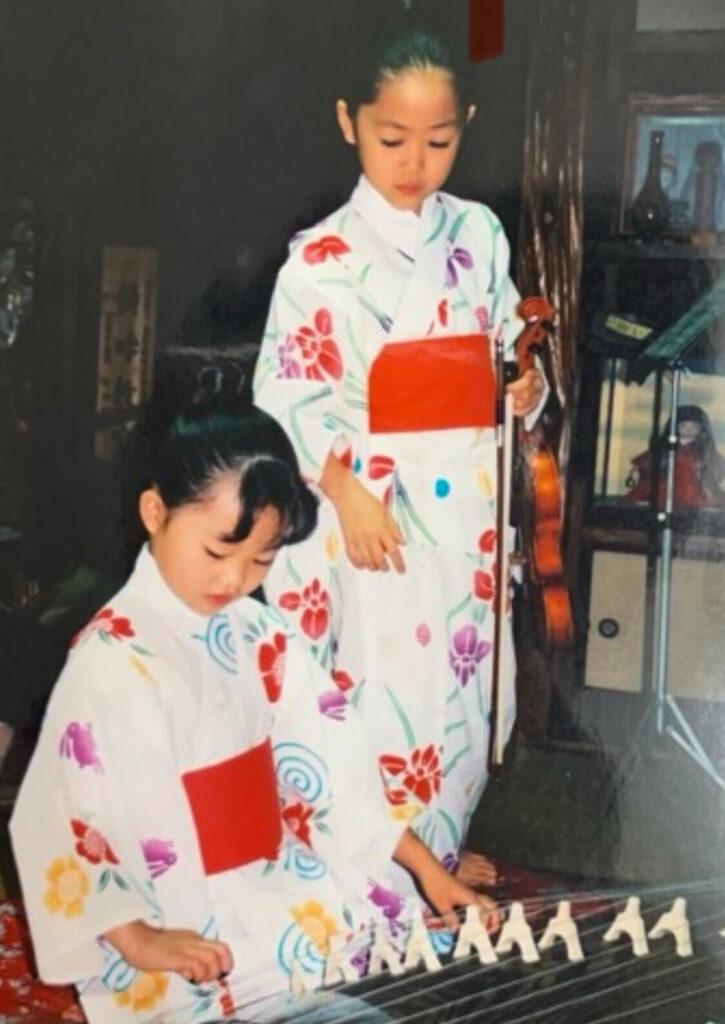
Still, my parents seemed to want me to learn an instrument and considered options like harp or cello. One day, I started playing with my grandmother’s koto, which was sitting in our Japanese-style room. When I was five, my grandmother took me to a traditional instrument store, where I met my current teacher, Ms. Shibata. That encounter led me to begin formal lessons on the koto.
▼Q: What led you to pursue it professionally?
After starting at age 5, I practiced koto diligently on my own and enjoyed it. I also loved physical activity and became deeply immersed in dance during middle and high school. I joined the dance club and spent every waking moment dancing. Although I continued my koto lessons, I felt guilty for not giving it my full attention and decided in my first year of high school to quit (at the time, I dreamed of becoming a dancer or DJ).
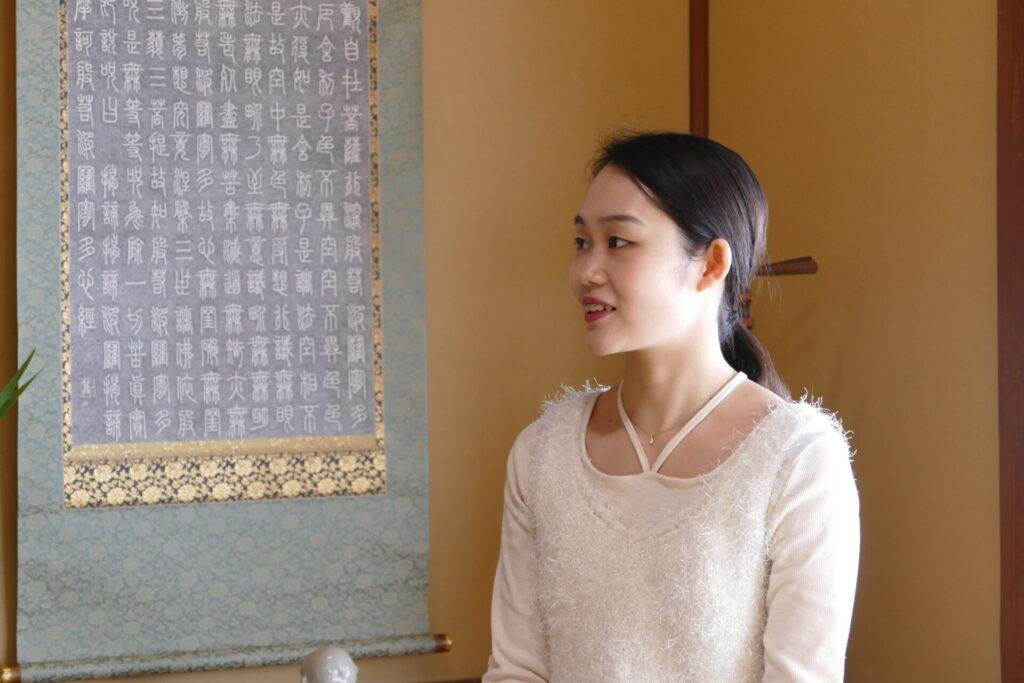
However, my teacher strongly urged me to stay, and around that time, I attended a concert by Satomi Fukami, who was my teacher’s teacher. Her performance left me stunned—I rediscovered the incredible beauty of the koto. I was overwhelmed by how moving it was and realized, “There’s a world this beautiful…” It was a powerful and life-changing moment, and I knew then it was time to truly devote myself to music, something that had always been close to me. That’s when I set my sights on entering Tokyo University of the Arts, and I worked very hard toward that goal!
▼Q: What do your main activities involve?
I perform on the koto, shamisen, and kokyū. I also compose and arrange music. My performances include not just classical pieces, but modern works, my own compositions, and pieces commissioned from other composers. I enjoy exploring new forms of expression.
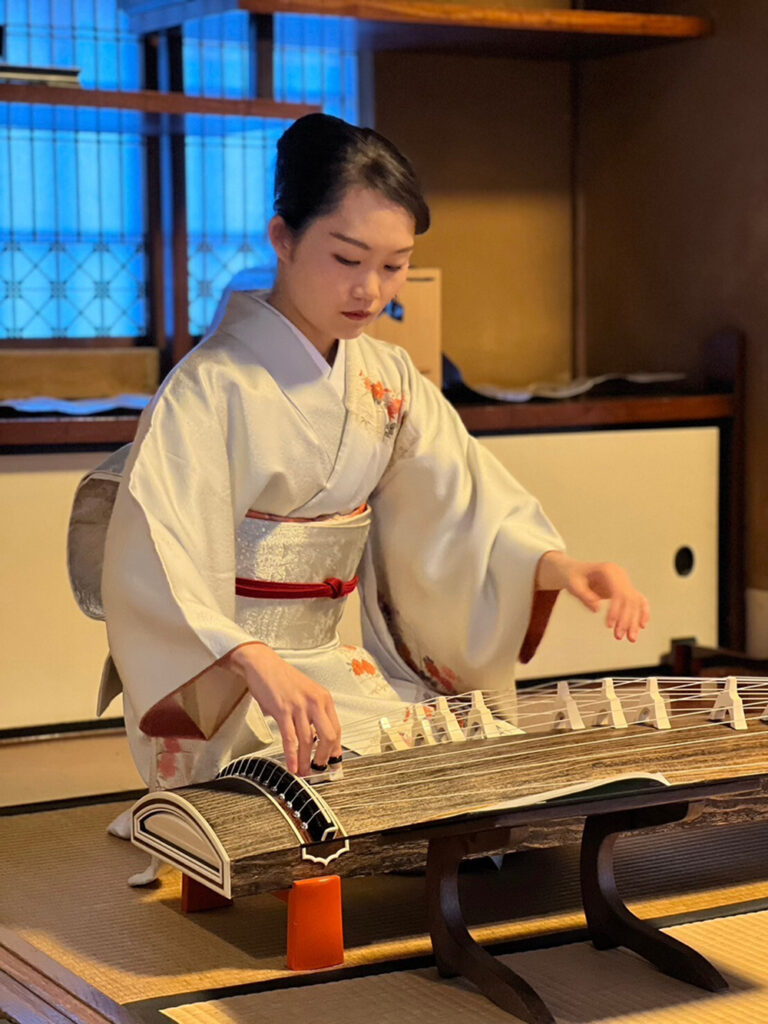
Koto
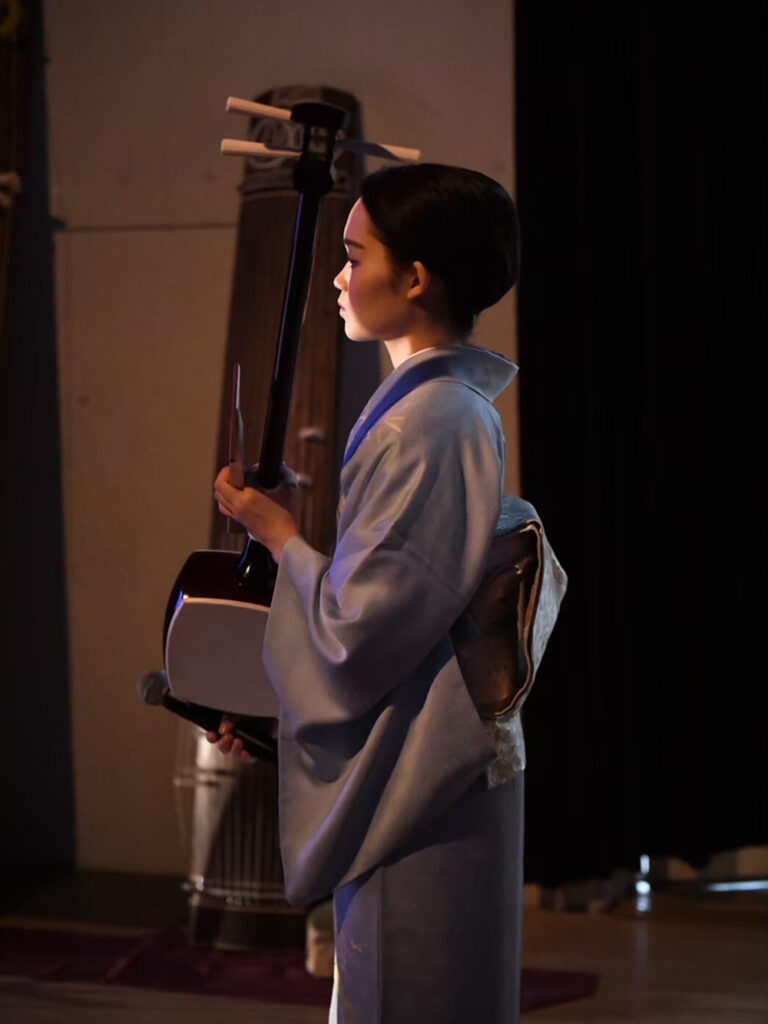
Shamisen
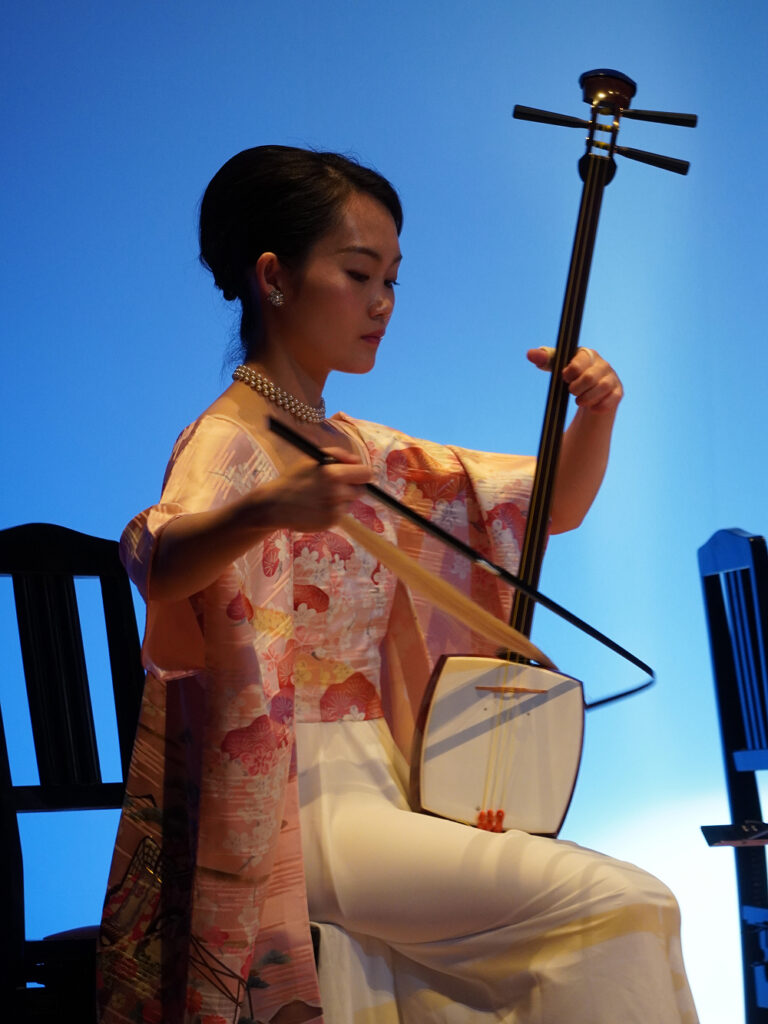
Kokyū
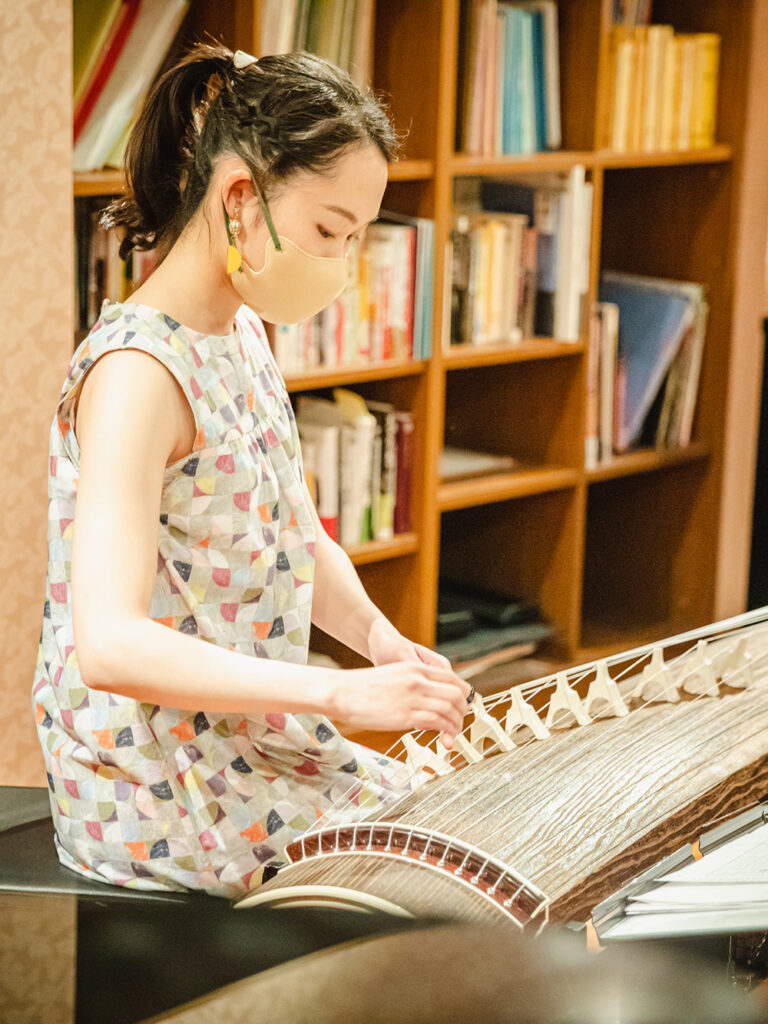
Composition & Arrangement
▼Q: What do you want to convey to international audiences about traditional Japanese instruments?
Some people are moved by traditional pieces, while others become interested when they hear globally familiar songs performed on the koto. Either way, I want to preserve the value and beauty—the tone—of the instrument itself.
▼Q: Tell us about your teaching activities.
Since 2022, I’ve been running a classroom in Iwatsuki Ward, Saitama, my hometown. My students range from elementary school children to people in their 70s, from beginners to experienced players—all progressing one step at a time. The Kamakura classroom, which KIMONON visited for this interview, began in 2024.
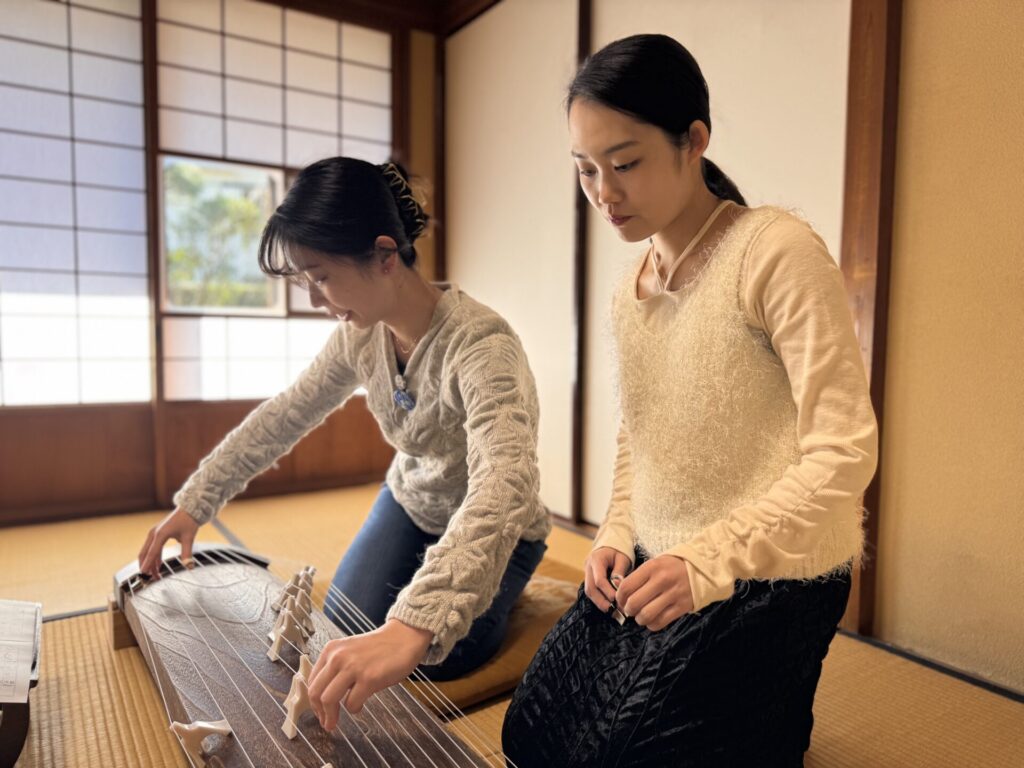
Lessons take place at Hōkaiji Temple, about a 10-minute walk from Kamakura Station. Classes are held just once a month and are open to anyone on a reservation basis. We always welcome new students, and regular monthly participants are also more than welcome. Please check my website or Instagram for class dates and other details♪
▼Q: Tell us about your first recital earlier this year.
In March this year, I held my first solo recital. From the planning stage to the actual performance, I experienced many things. Through preparing and reflecting, I gradually gained clarity on my future direction. I’m deeply grateful to all those who supported me. I’ll make the most of this experience and keep moving forward!
▼Q: What are your hopes for your future activities?
Although I teach, I also want to continue honing my own skills and pursue performances that only I can deliver. To do that, I want to always stay honest with how I feel in the present moment.

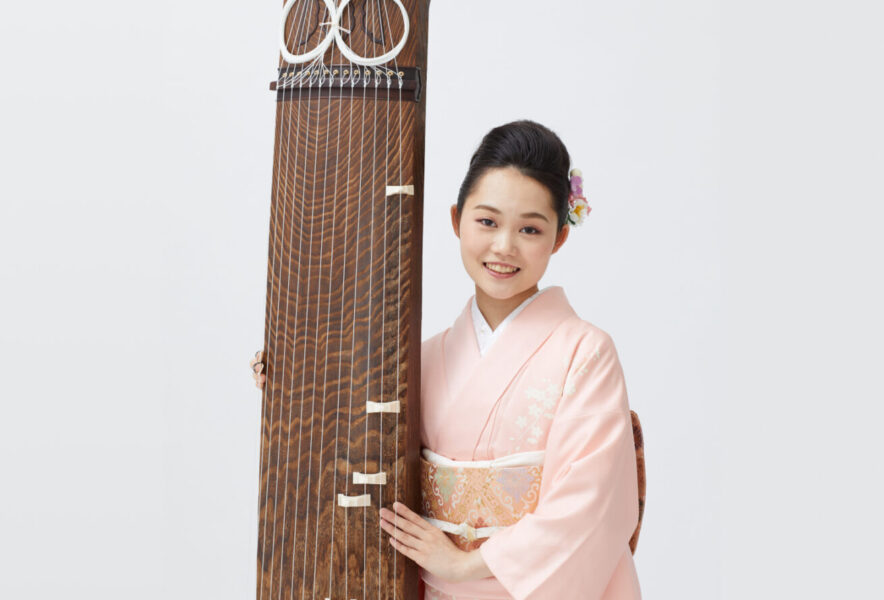
Comment